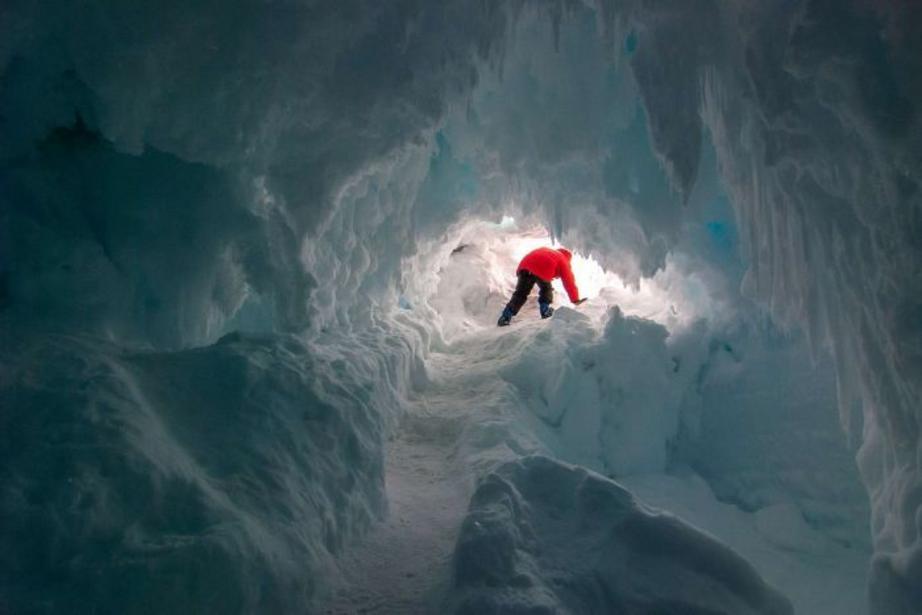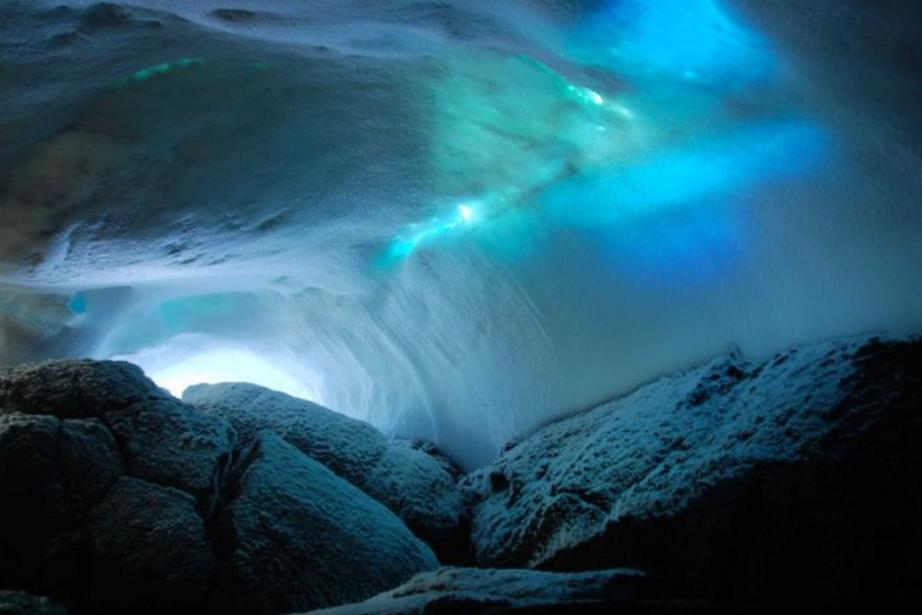Antarctica's ice caves could be hiding undiscovered species of plants and animals
Antarctica's ice caves could be hiding undiscovered species of plants and animals
Secret life may be thriving deep below the icy glaciers surrounding the volcanos in Antarctica within the extensive system of caves, researchers say.
A new study led by the Australian National University (ANU) used DNA sequencing techniques to forensically analyse soil from the caves, which revealed traces of DNA from algae, mosses and small animals.
Researchers say further investigation could unveil new species of plants and animals not discovered before.
ANU Fenner School of Environment and Society senior lecturer Dr Ceridwen Fraser said they had forensic evidence of potential plants and animals living in the caves.
"But we haven't seen those plants and animals, so we can't be sure they're there," she said.
"But we're picking up DNA from plants and animals in the caves, which suggests that there might be whole communities living beneath the ice that we don't know about."
Dr Fraser was the lead researcher on the study of soil samples from the caves around Mount Erebus, the second highest and most active volcano in Antarctica.
"This all came about because I was trying to think about how plants and animals might have survived past ice ages in Antarctica, and we know that they have," Dr Fraser said.
"They've been on the continent for millions of years and ice ages have come and gone.
"So maybe they've survived around volcanoes, and maybe beneath the ice around volcanoes in these sub glacial caves that are hollowed out by steam."

Dr Fraser said it was "enticing" to imagine the sorts of things that could be living under the ice.
"The sky's the limit, except it's not the sky it's beneath the ice in Antarctica," she said.
"We know that in other parts of the world you often find species that are adapted to live in cave environments.
"So, it's conceivable that there might be species in these caves that we have never discovered before."
'Like being in a sauna, but the sauna is in an ice cube'
Professor Craig Cary, from Waikato University in New Zealand, collected the soil from the caves, which he said could get as warm as 20 or so degrees Celsius.
"It's like being in a sauna, but the sauna is in an ice cube, if you can imagine that," he said.
"I mean above you is ice, below you is ground, it's a very surreal feeling being in the cave. [It's] quiet, out of the wind, warm, and yet you're still in Antarctica."
For the rest of this article please go to source link below.
Video can be accessed at source link below.

